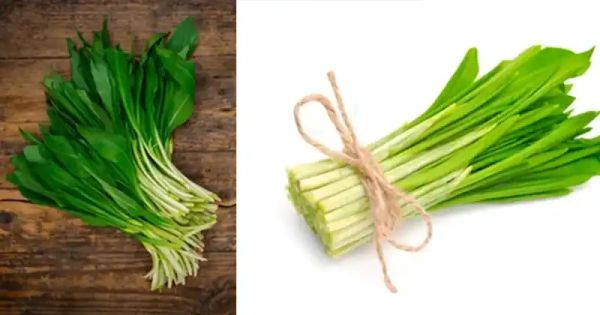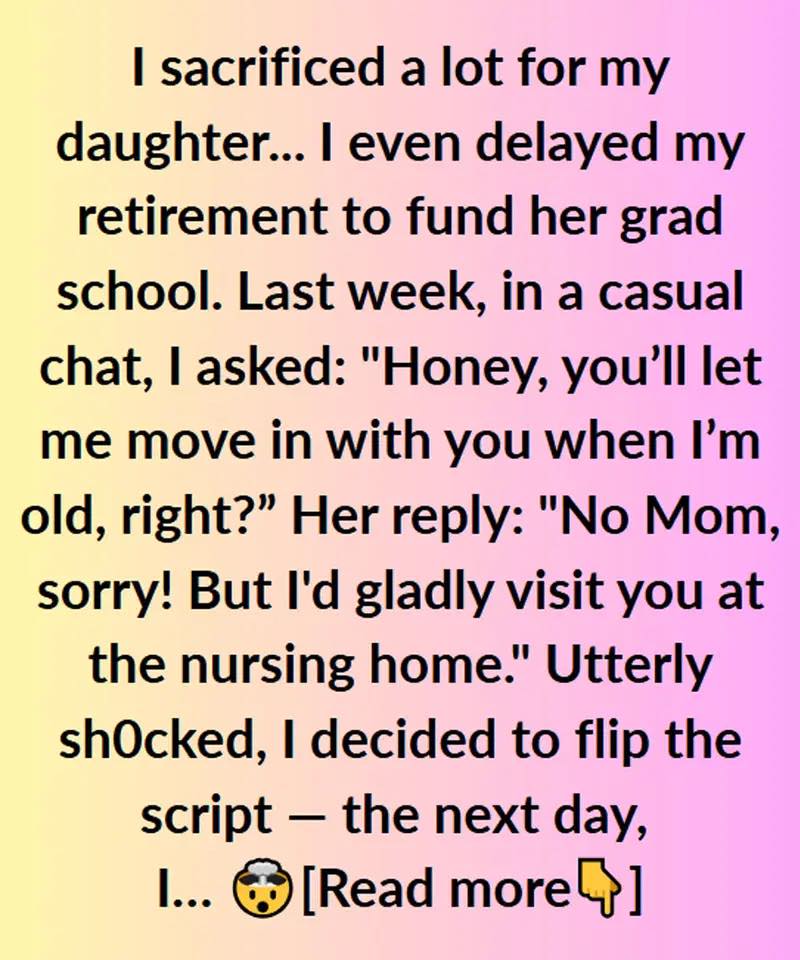
Ramsons, also known as wild garlic or bear’s garlic, may seem like an ordinary plant, but they are far from it. These versatile wonders often go unnoticed in the natural world, overshadowed by other more famous plants. However, Ramsons have a remarkable range of uses, from delightful culinary experiences to medicinal remedies and ecological contributions. In this article, we will delve into the captivating realm of Ramsons, shedding light on their many fascinating applications that might have gone unnoticed.
Botanical Profile
Ramsons are perennial herbaceous plants belonging to the Allium genus, which includes garlic, onions, leeks, and chives. They thrive in temperate regions of Europe and Asia, often found in damp woodlands, riverbanks, and shaded areas. Standing at a height of 30-45 cm (12-18 inches), Ramsons showcase bright green, lance-shaped leaves that can reach lengths of up to 25 cm (10 inches). What sets them apart is their distinct garlicky aroma, released from both the leaves and the small, star-shaped white flowers that bloom in early spring.

Culinary Delights
Ramsons possess a culinary treasure trove, offering a flavor that combines the pungency of garlic with the freshness of chives. The leaves, flowers, and bulbs of this plant are all edible and have been cherished in traditional cuisine for centuries. Let’s explore some of the delightful culinary applications of Ramsons:
-
Flavorful Seasoning: Ramsons add a delightful touch to salads, soups, and sauces, imparting a mild garlic taste without the intensity of cultivated garlic. The leaves are especially popular for this purpose.
-
Wild Garlic Pesto: Ramsons serve as an excellent base for creating pesto, a versatile condiment, sauce, or spread. A simple recipe involves blending Ramsons leaves with nuts, olive oil, and Parmesan cheese.
-
Pickled Ramsons Buds: The flower buds of Ramsons can be pickled, offering a tangy and garlicky twist to a variety of dishes, similar to capers.
-
Fermented Ramsons: Culinary enthusiasts have also experimented with fermenting Ramsons to produce a unique and probiotic-rich condiment.
Medicinal Marvels
Alongside their culinary value, Ramsons have a noteworthy history of medicinal use:
-
Immune Booster: Ramsons contain essential vitamins and minerals that naturally boost the immune system, contributing to overall health.
-
Antimicrobial Properties: Known for their antimicrobial properties, Ramsons have traditionally been used to combat infections and promote wound healing.
-
Heart Health: Some studies suggest that Ramsons may contribute to cardiovascular health by lowering blood pressure and cholesterol levels, thanks to their allicin content, which is also found in cultivated garlic.
-
Digestive Aid: Ramsons have been used to alleviate digestive issues, such as bloating and gas, due to their mild laxative and carminative effects.
Ecological Significance
Ramsons hold value not only in the kitchen and medicine cabinet but also in their natural ecosystems:
-
Early Spring Pollinators: Ramsons’ early bloom in spring provides a crucial nectar source for pollinators like bees, butterflies, and hoverflies, helping kickstart the pollination cycle.
-
Soil Stabilization: The dense clusters of Ramsons in woodlands and along riverbanks play a vital role in stabilizing the soil and preventing erosion.
-
Biodiversity: These patches of wild garlic create unique microhabitats that foster biodiversity, accommodating various species from insects to small mammals.
In Conclusion
Ramsons, often dismissed as a mere weed, demonstrate nature’s ability to offer treasures in unexpected places. From the kitchen to the medicine cabinet and the natural world, Ramsons provide an abundance of benefits that often fly under the radar. The next time you encounter a patch of Ramsons in the wild, take a moment to appreciate the unsung hero of the plant kingdom and the wonders it has to offer.



